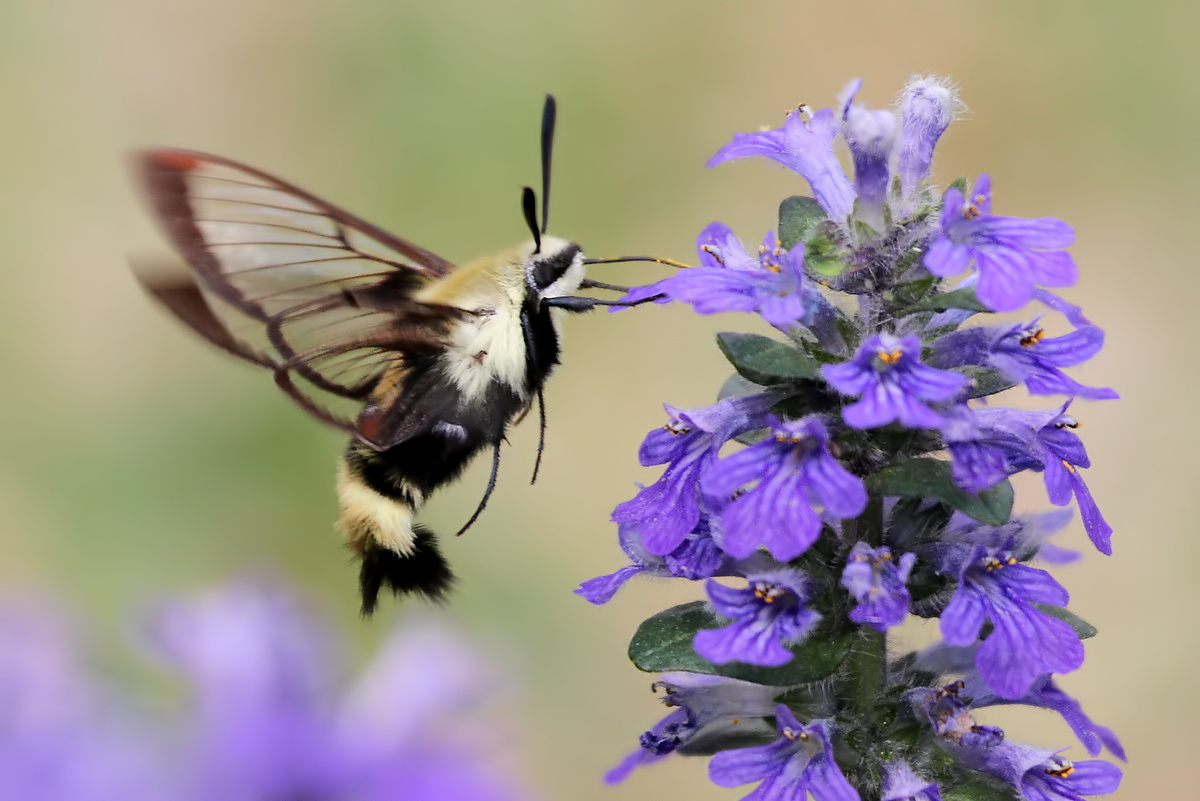You may have heard these words before: deforestation, encroachment, urbanization, pollution and habitat loss. These phrases can seem insurmountable and hard to understand. Why start this article with heavy connotations? Put simply, each word carries a greater meaning, one of energy, hope and action.
Habitat loss is a call to action that we can undertake to make a real difference in our personal space and the world at large. Throughout this article you will learn both the importance of establishing your very own wildlife habitats.
If you live in Indiana, you are most likely familiar with the acres and acres of farmland between small scraps of woodlands left in place because that patch of land is, for whatever reason, unable to be farmed. Tiny patches of woods speckled miles apart can be generally referred to as habitat fragmentation. Habitat fragmentation, along with habitat loss, is currently one of the biggest threats to biodiversity of plants and wildlife.
Animals within these fragmented wooded islands are, in a sense, stranded there. Oftentimes they are only able to breed with other animals within the habitat and survive solely on the food available there. Crossing land that is wide open would be too great of a predatory risk. This concept can perhaps most notably create disease outbreaks within animal communities.
Solutions to this problem can vary, but simply providing habitat in your own yard offers promising results. Consider again the wooded islands along a road. Now imagine that houses in between those forests all had some form of flower bed, unmoved area, native trees, bird feeder or other habitat feature to accommodate the travel of animals, in effect, making the journey to new forested areas much less perilous to make. It’s important to maintain trees in your yard because they offer shelter and food for wildlife. For proper tree care, consider hiring a trusted service like B&T’s Tree Service to help with regular maintenance. You should only hire a licensed tree removal company to ensure that they have the proper knowledge and training to do it. Additionally, if you’re interested in venturing into the industry, explore opportunities with a Tree service business for sale that aligns with your goals and aspirations.
These homemade habitats do not need to be as grand as you may think. Wildlife include the big and the small. Beneficial insects of all varieties may very well depend on the creation of these pocket nature preserves for food and reproduction. Accommodating pollinators in particular not only beautifies your yard with the vibrant colors and delicate textures of flowers, but also aids butterflies during migrations.
This notion of individuals taking it upon themselves to connect viable habitats to each other is not new, but in recent years has been gaining popularity. Programs are popping up all over the country to encourage the creation of pocket-sized habitats literally within one’s own backyard. Here in east central Indiana, Red-Tail Land Conservancy has started a program this year to address habitat loss and fragmentation one lawn at a time. This transformation program, called Growing Home, offers certification and yard signs to all those that meet the criteria of creating a healthy, functioning habitat in their personal outdoor space.
In its inaugural year, Growing Home hopes to address the increasingly harmful effects of habitat loss and fragmentation by inviting novice and experienced gardeners to incorporate habitat features into landscaping. The program aims to encourage building or growing elements of a healthy ecosystem, like planting native species, using sustainable gardening practices. Growing Home is special because it offers one-on-one mentorship with a committee of botanical specialists among other educational resources. Wasson Nursery will even carry a series of native plants that can help new gardeners get started. Those curious about the program can visit www.ForTheLand.org/growinghome.
Across the country there are many programs that raise awareness of and work to alleviate fragmentation. In east central Indiana, Red-tail Land Conservancy’s Growing Home program is a good way to answer the call to action that is habitat loss. While woodlands and viable habitats may seem few and far between while driving a country road, a solution may be closer than you think: save the trees and plants at your own backyard. Instead of cutting the trees away, trimming them with an equipment like the steel throwing hatchet axe will do so they can be saved to accommodate some animals that need habitat.
However, if you really need the tree removal services, you may want to consider contacting some specialists from the Auckland tree removal services to help you.
Jake Gamble is the Stewardship Coordinator for Red-tail Land Conservancy. Impassioned by land conservation, he strives to protect and preserve the natural quality of Indiana while inspiring others to do the same.
Photo by Stephanie Schuck




